Japan’s rainy season, known as tsuyu, isn’t my favorite time of year. Starting in mid-June, its a long period of rainfall and humidity that lasts until mid-July (followed by the hell that is Japanese summer). Every year when it rolls around, I yearn for the booming thunderstorms of my childhood. Jo’burg showers are heavy and brief, leaving the air crisp and the ground smelling fresh. Japan’s rain is soft and warm, making everything damp and sticky. It’s a party for mold spores and a funeral for my hair. But there is one upside: the ajisai.
Japanese hydrangeas bloom in droves during tsuyu, turning parks and gardens into patchwork quilts of green, purple, pink, and blue. Ajisai is the quintessential flower of the season and many events are held around the country to welcome its arrival. In Kyoto, there are several temples with dedicated hydrangea gardens that open for the blooming period, which is usually from late May until early July. Mimurotoji is one of the most famous, known as the “Hydrangea Temple”.
Located on a hillside in Uji, which is about 20 km (12 mi) southeast of Kyoto’s city center, Mimurotoji is surrounded by nature. It’s a beautiful temple, the 10th of the Saigoku Kannon Pilgrimage, with a history that dates back thousands of years. From the vermilion gate, it’s a short stroll up to the bell tower, pagoda, and main hall, in front of which giant lotus flowers bloom in summer. There’s also a viewing platform from which you can gaze down on the gardens below. The hydrangeas aren’t the temple’s only draw; it boasts plum blossoms at the end of winter and azalea in early spring.
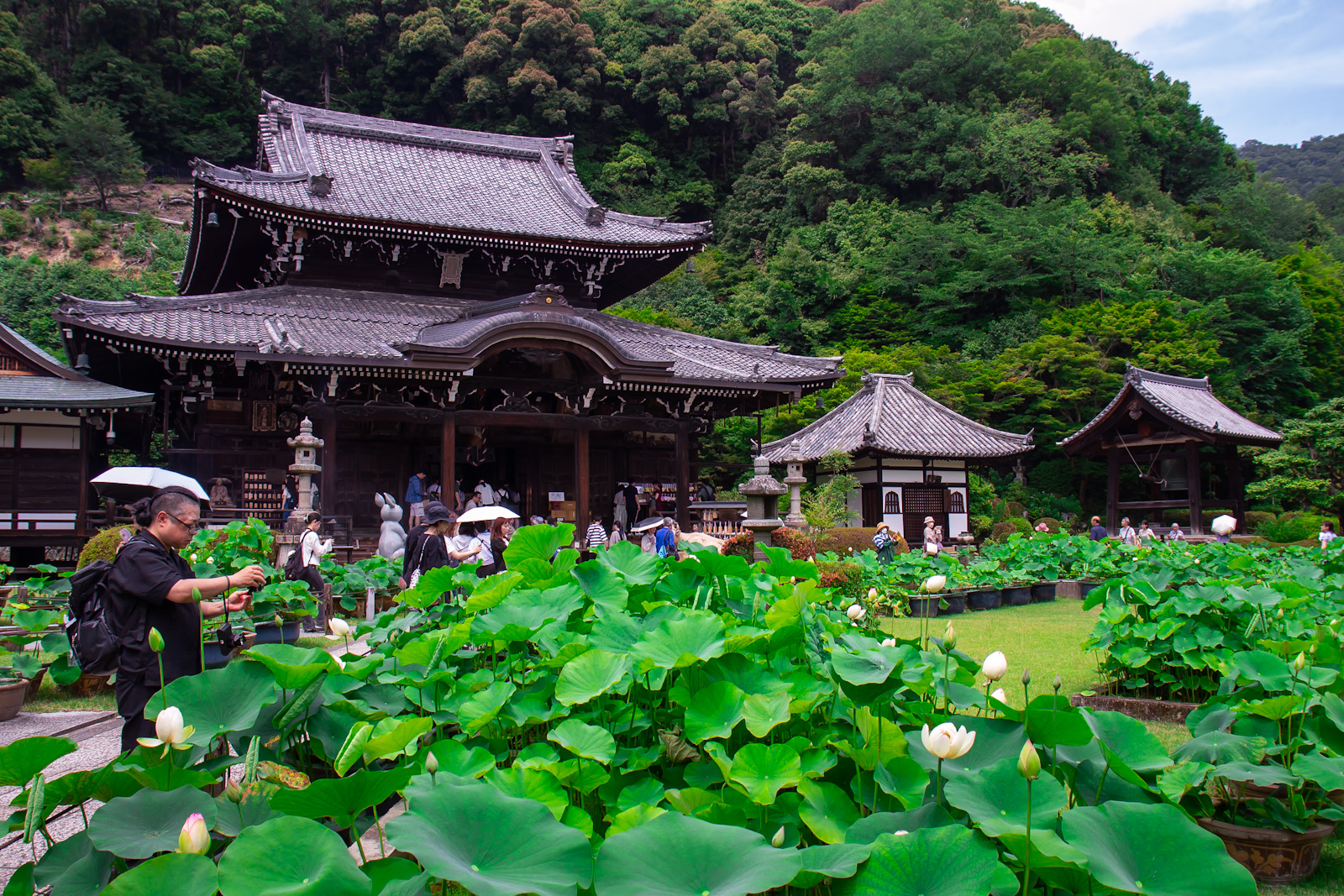

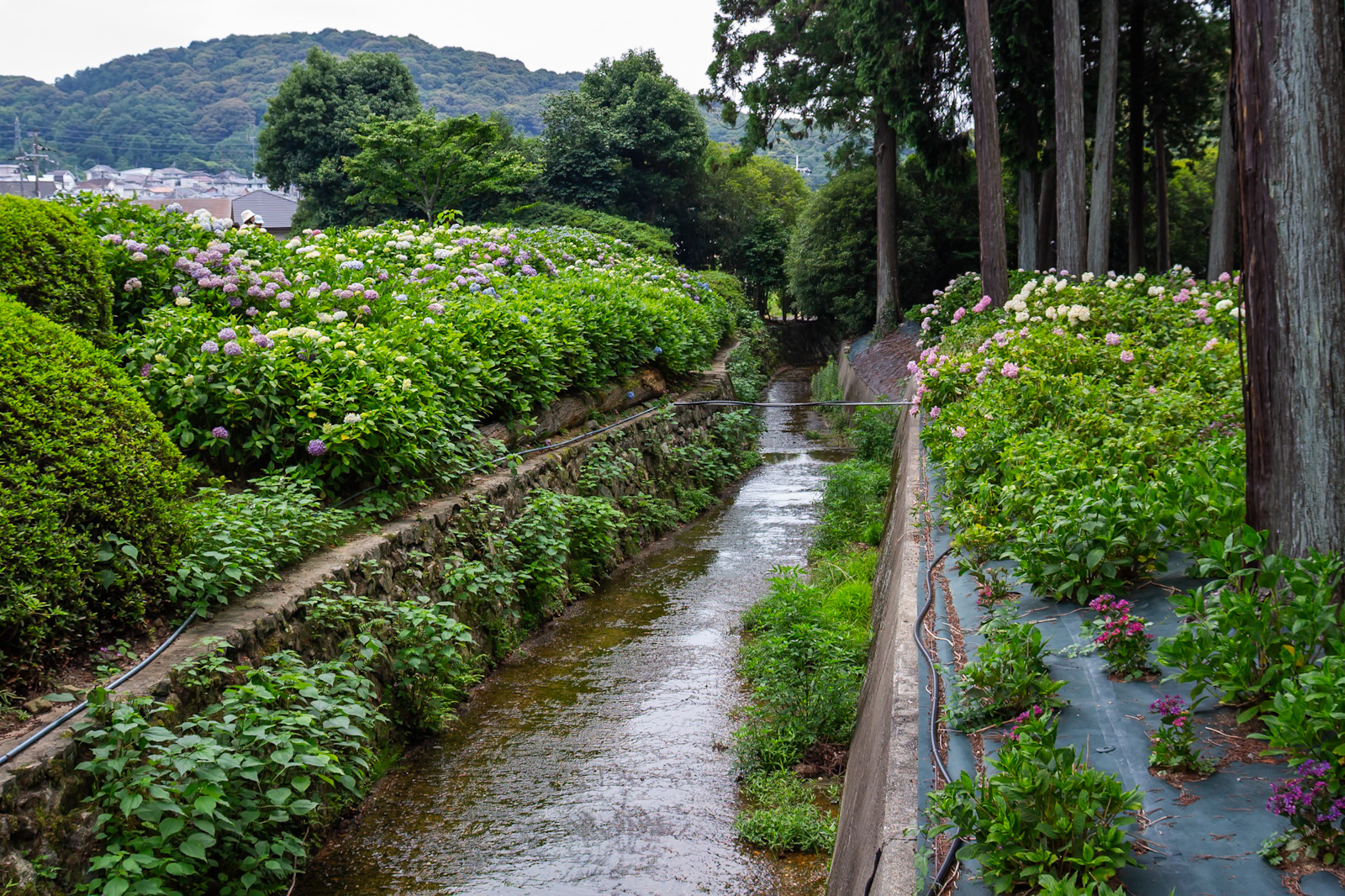


A large stone cow statue called Hoshoushi guards the main hall of the temple, and if you’re in need of a bit of luck, you can pray for it here. There once was once a farmer named Tomiemon, see, and he kept a very weak cow. Tomiemon was making a pilgramage to Mimurotoji and, thanks to the blessings of the Kannon, his cow became fine and strong. It even won a race against the best cow in the area and with the reward money, Tomiemon became a successful cattle broker. There is a stone ball in the statue’s mouth, and it’s said that stroking it will bring you good fortune.
Mimurotoji’s hydrangea garden sprawls beneath giant cedar trees all the way from the vermilion gate up to the main hall. It contains over 20,000 hydrangeas of 50 different varieties, including Western, forehead, oak-lead, mystical, and seven-tiered hydrangeas. Meandering through the many walkways was beautiful, yes, but also quite uncomfortable in the heat.
Eventually we grew tired of dodging umbrellas while slowly melting and made our way back to the car park. Just outside the garden, there are several stalls where you can grab a snack or a refreshing drink. We also a had a look at some local pottery and I treated myself to a unique ajisai-inspired mug. Back inside the main hall of the temple, you can get unique hydrangea charms and handkerchiefs, which also make for great souvenirs. Then, it was back to the car for some much-needed a/c.

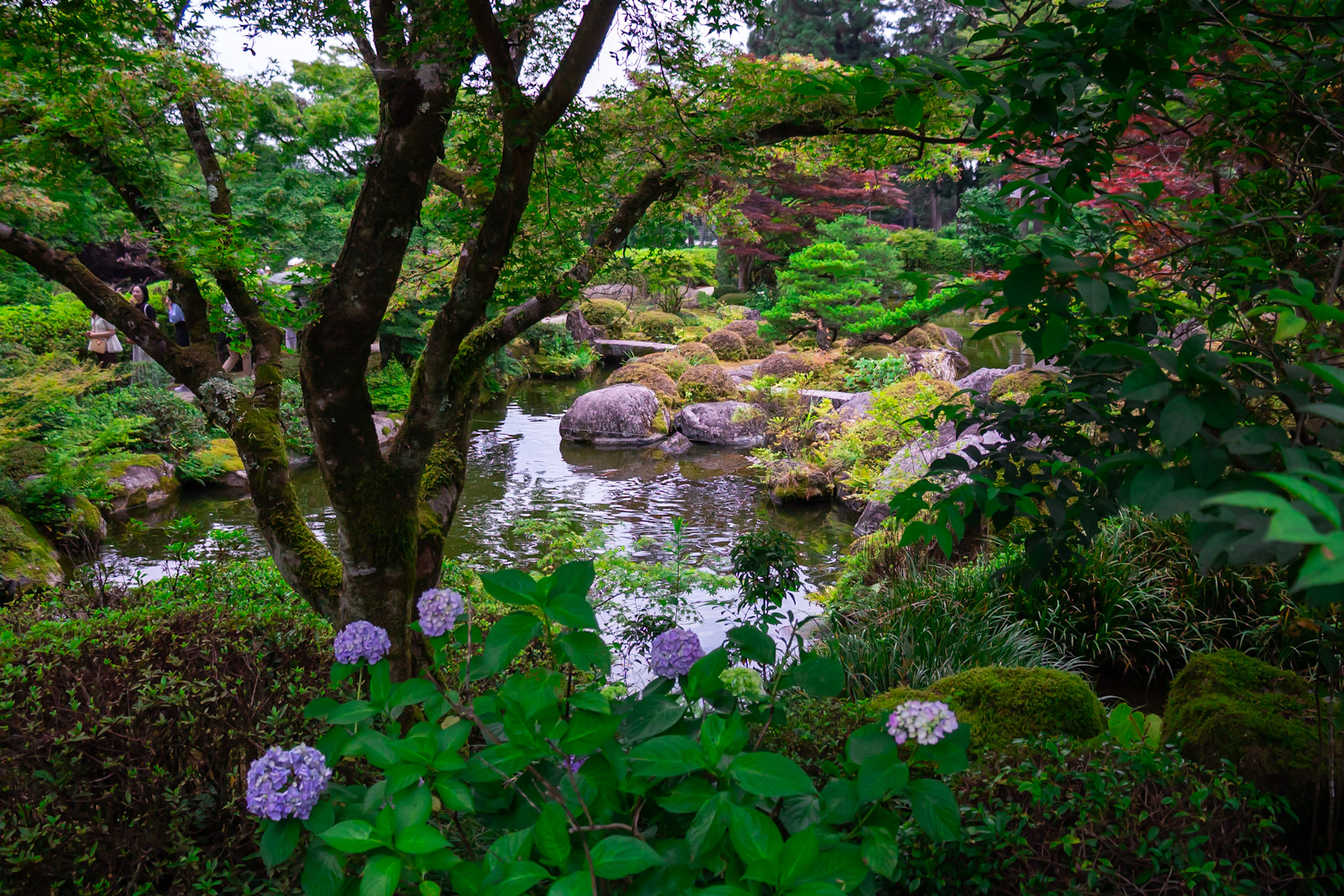


Uji has some other great sights so it’s easy to make a full day of it if you have enough time and energy. The iconic Byodo-in Temple, which is featured on the 10-yen coin, is close by, as is the Tale of Genji Museum. And, if you’re lucky enough to get tickets, you can visit the new Nintendo Museum. Uji is famous for matcha, so it’s also worth checking out Tea Square Morihan. This collection of shops and cafes, established by the Uji tea company Morihan, lets you sample premium sweets and drinks in a renovated 100-year-old warehouse.
For something truly unique, consider booking an authentic tea ceremony experience with Wabunka. This exclusive tour takes you into a historical tea room in Uji that is rarely open to the public. You’ll grind your own tea leaves with a millstone, learn about the amazing world of Japanese tea, and enjoy a traditional meal. (This is an affiliate link, which means I may earn a commission but at no extra cost to you.)
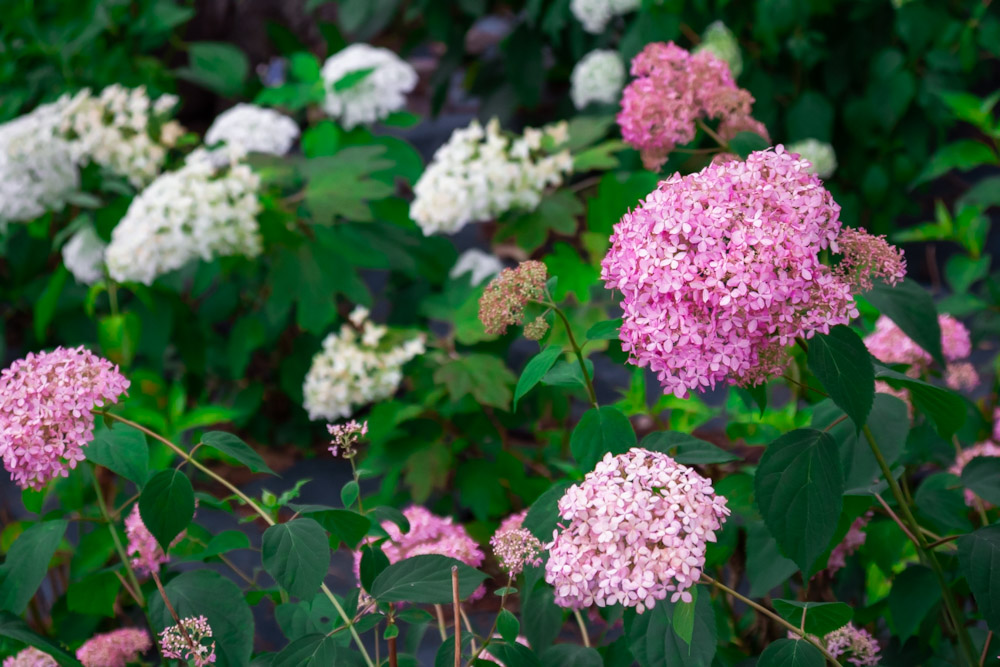

Visit Mimuroto-ji Temple
The hydrangea garden at Mimurotoji is only open during the blooming period, usually from late May to early July. Hours are 08:30~15:40. On some weekends during this time, the garden is lit up at night and you can visit between 19:00~20:30.
The temple itself, of course, is open year-round and there are other seasonal flowers to enjoy, including plum blossoms (mid February to late March), azalea (mid April to mid May), and lotus (late June to early August).
Mimurotoji is a 15-minute walk from Keihan Mimuroto Station or a 15-minute taxi ride from JR Uji Station. There’s parking for those coming by car, which costs 1000 yen for two hours.
Hours: 08:30~16:30 (Apr–Oct); 08:30~16:00 (Nov–Mar)
Admission: 1000 yen (for gardens)
Website (in Japanese)
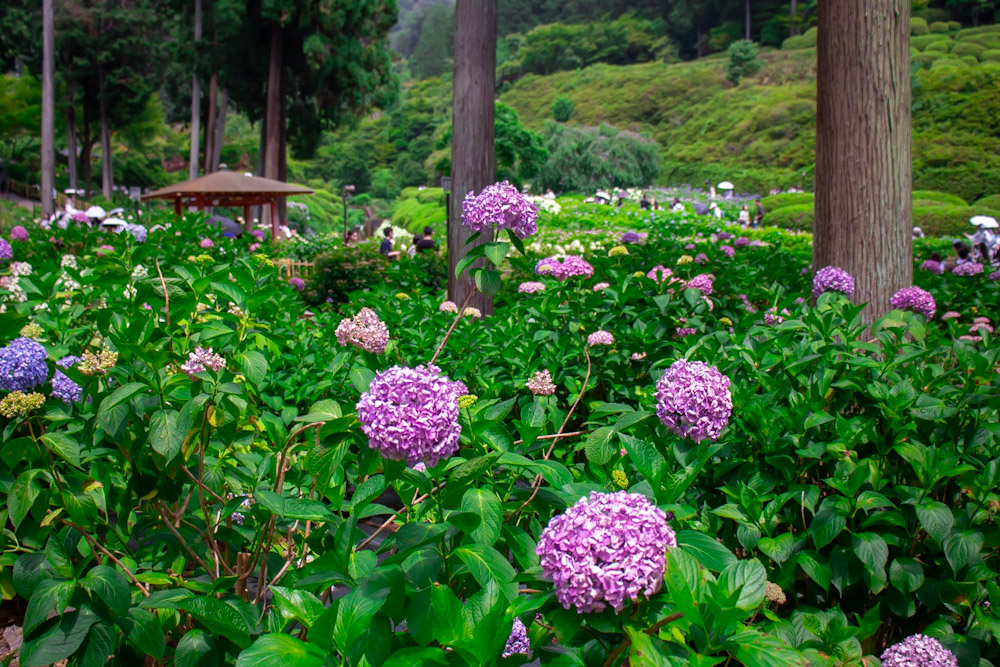
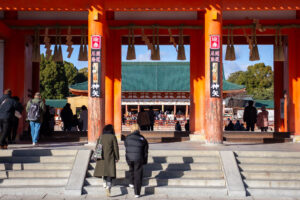

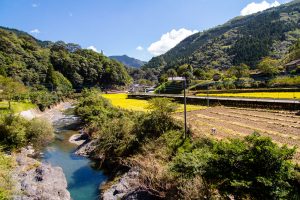
2 Comments
Join the discussion and tell us your opinion.
Wow, didn’t know there were so many varieties of hydrangeas. Great to read a post from you again
Great guide! The vivid descriptions really brought the hydrangea garden to life. It made me want to visit Mimurotoji immediately, especially during their blooming season. Loved the details about the history and the different hydrangea varieties too. Highly recommend for any hydrangea lover!